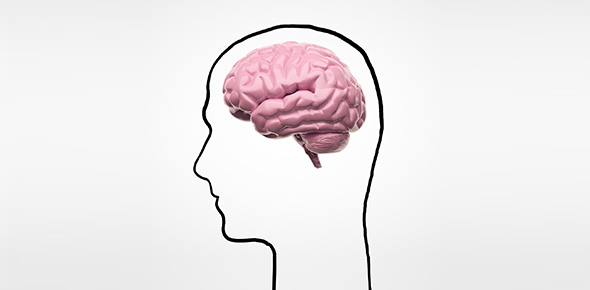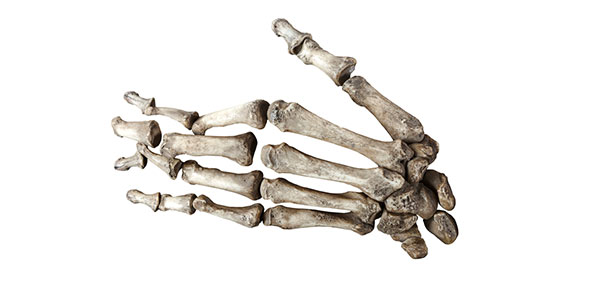Related Flashcards
Related Topics
Cards In This Set
| Front | Back |
|
Blood
|
The fluid tissue of the body contained within the curculatory system
|
|
Plasma
|
The liquid component of the blood
|
|
Red blood cells
|
Cells in the blood containing hemoglobin; carry oxygen
|
|
Hemoglobin
|
Iron containing molecule in red blood cells; used in transporting oxygen
|
|
White blood cells
|
Colorless blood cell that protects the body from infection
|
|
Platelets
|
Cell fragments in the blood; help form blood clots
|
|
Antibodies
|
Produced by white blood cells to help fight infection
|
|
Heart
|
A muscular organ that pumps blood
|
|
Atriums
|
The two upper chambers of the heart. Atriums are the chambers that recieve blood coming from other parts of the body. The Left atrium receives oxygen-rich blood from the lungs, and the right atrium recieves blood high in waste products from the rest of the body.
|
|
Ventricles
|
The lower chambers of the heart. Ventricles pump blood away from the heart, either to the lungs or to the rest of the body. The right ventricle pumps blood to the lungs where it can absorb oxygen and get rid of the CO2 waste it has picked up. The left ventricle, the strongest chamber of your heart, pumps blood to the rest of the body.
|
|
Valves
|
Flap-like structures in the heart that close to prevent blood from flowing backwards
|
|
Arteries
|
Blood vessels that move blood away from the heart to the lungs or body
|
|
Capillaries
|
Microscopic blood vessels that connect arteries and veins. This is where the blood gives the oxygen it is carrying to the cells of your body and picks up carbon dioxide waste from the cells to deposit at your lungs. The walls of the capillaries are very thin so that materials can be exchanged easily.
|
|
Veins
|
Blood vessels that move blood toward the heart from the lungs or the body
|
|
Pulmonary circulation
|
The flow of blood between the heart and lungs (ex: pulmonary arteries carry blood to the lungs and pulmonary veins carry it back to the heart)
|






